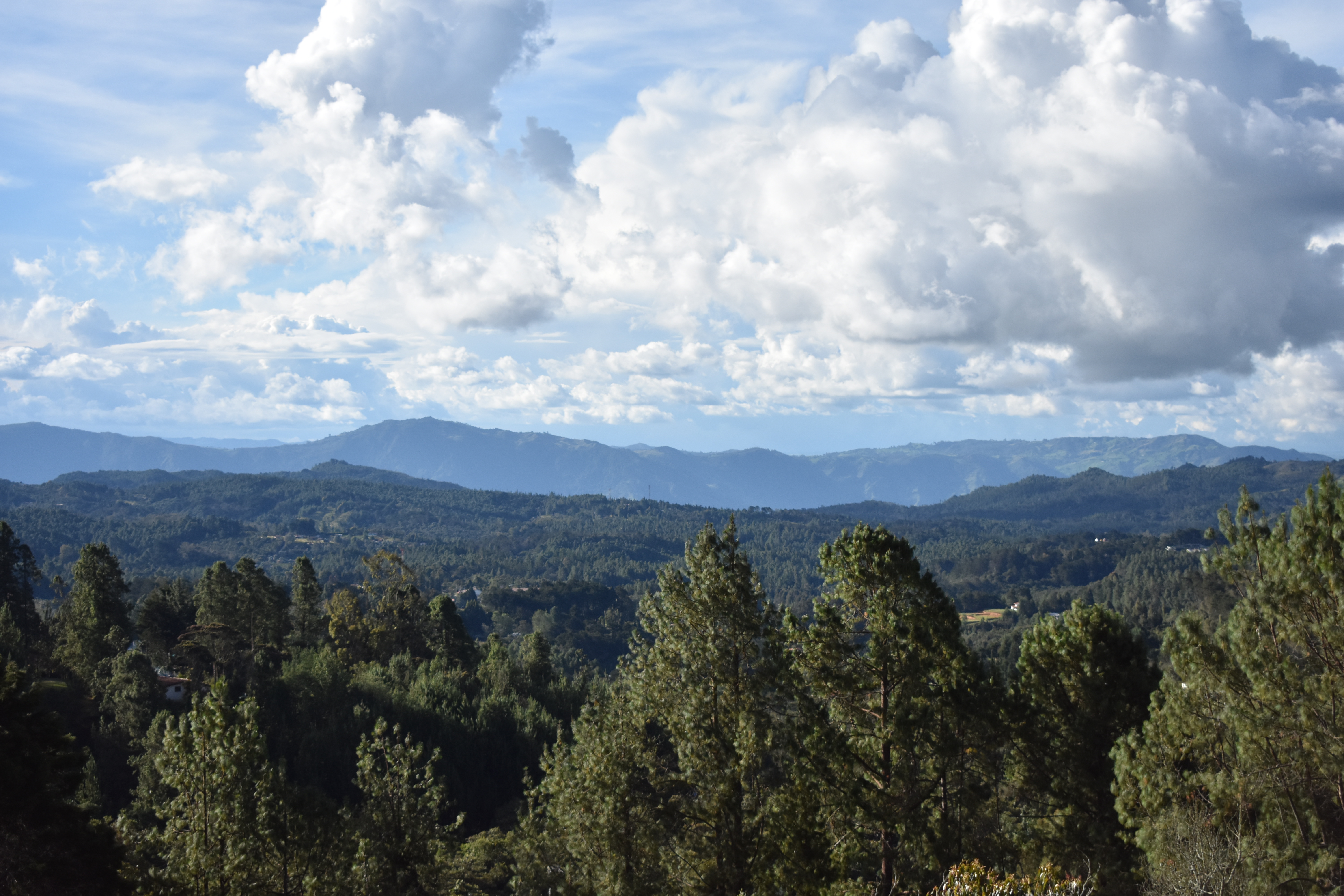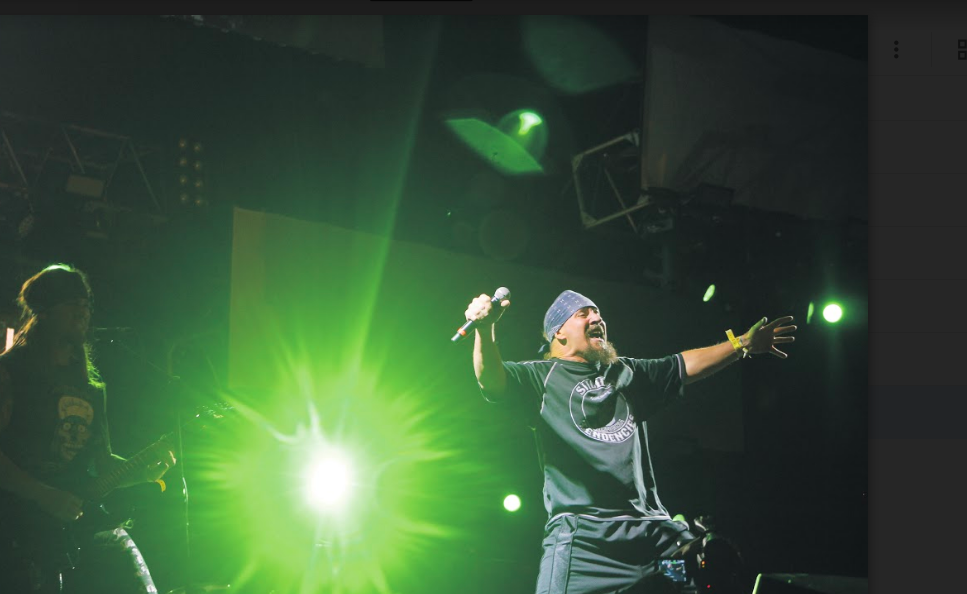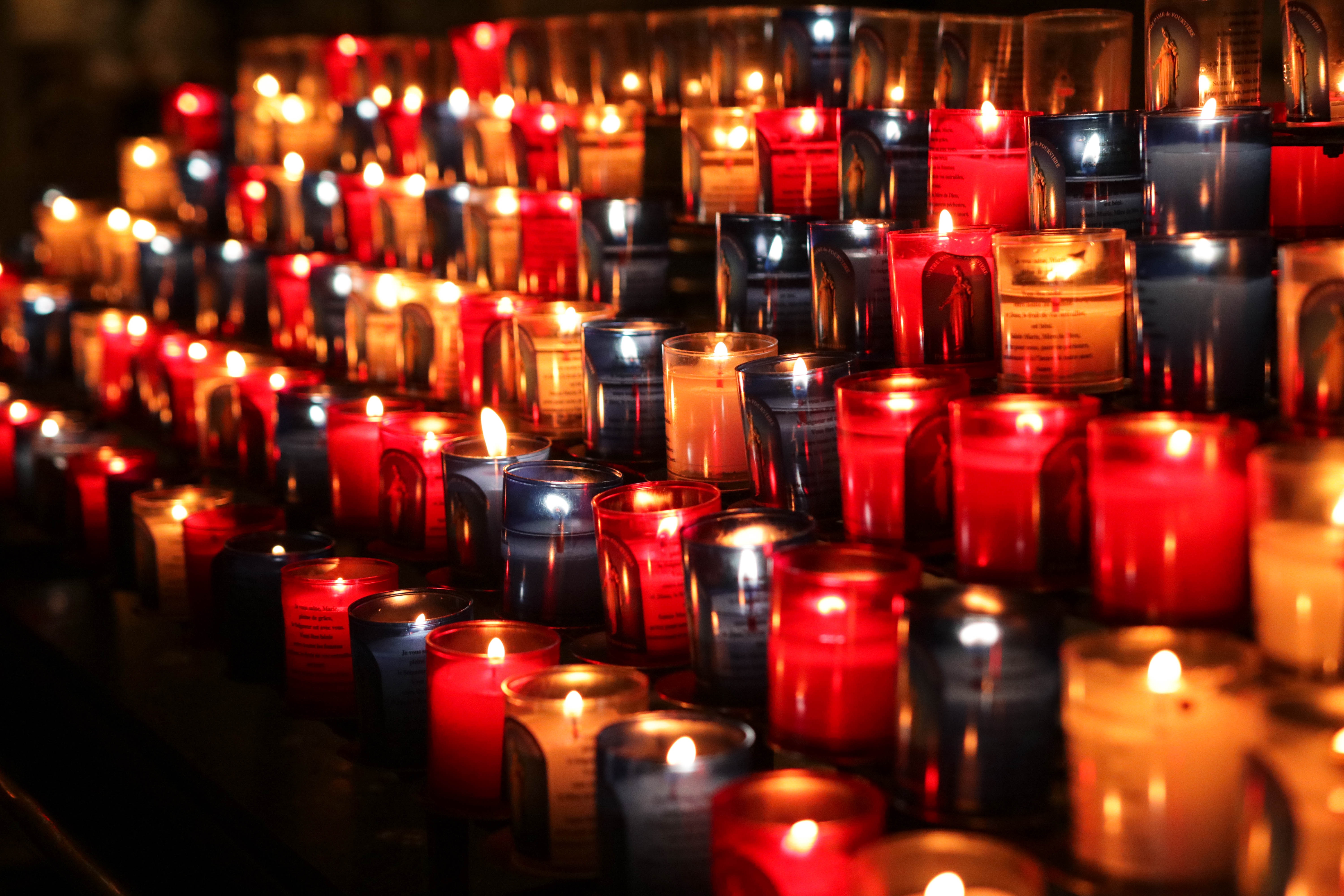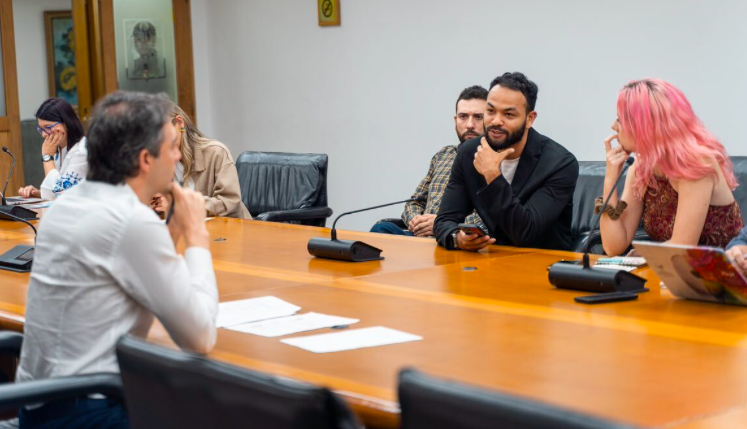Photographer Peter Ptassek – and German Ambassador to Colombia – presents his new series of photographs in an exhibition at Galería Hopulus which opens tonight (15 March).

The show, entitled EOS, is an equal mix of portraits and landscapes which were taken in and around Colombia. This will be Ptassek’s first show in Colombia, after having previously shown his work in Russia and Belgium.
It’s happening in Galería Hopulus, a photographic gallery founded by Felipe Santander which – unusually – also houses its own micro-brewery. Felipe says it’s a “totally new concept, a first in Bogotá, bringing together the two artistic forms of photography and brewing.”
Ptassek might have an important job, but he’s keen to stress that this show is not connected to that, and that his artistic life is separate from his day job.
Jim Cook: How did you select the pieces/images for your current show at Galería Hopulus? and why did you select those particular images for the show?
Peter Ptassek: The idea was to show how Colombia looked at me in the first few months in this country. Colombia at first glance, in a way, but a way that avoids the volatility of first glances. Mission impossible, in a way. For the selection, we sat together: Felipe from the gallery, Toby de Lys as the curator and me to choose the photos for the exhibition. I tried to cover people, from Quibdó for example, and some emblematic places like the Nevado de Tolima for instance. I am not sure this helps, but that is what I can say here.
JC: Now, in your previous (photographic work), I understand you were more into photographing desolated industrial spaces, but that since moving to Colombia, it has evolved (more portraiture, group shots, landscapes); why is that (do you think)?
PP: Abandoned places in Berlin were a must after 1994 when the soviet army left behind a huge number of up-to-then forbidden places. That was so fascinating to see these military camps, hospitals and factories telling their stories. I visited these places mostly alone, in winter, taking photos in dark cellars, that was quite an experience! Fear and excitement in my heart. This was unique and cannot be copied elsewhere. Colombia is not an abandoned place. More the contrary. Colombia is on its way to discover itself, its future, its beauty. Strange enough: Colombians do not know their own country very well. You find more people who know Miami (of all places!) than the Tatacoa Desert.

JC: So, Peter, how or why did you begin with photography?
PP: I do not remember, since I have been taking photographs for ages now. If you mean, when I started to take photographs in a slightly more conscious way I would say at the age of 20 or so when my father gave me his Rolleiflex 6×6 camera. That was a great thing for me. Fully manual handling, no exposure meter integrated, 12 shots per film, not much. You had to think before you shoot.
JC: Did you go to art school or are you autodidactic?
PP: Autodidactic…if we exclude Ansel Adams. I learned from him how to expose by reading his books on the negative, the positive and so on. And I was very jealous of Jacque-Henri Lartigue who managed to take very dynamic shots with a much more old school equipment. And I’m still impressed by him.
JC: How would you describe your work to others?
PP: I would rather like not to describe it. If descriptions would do the trick, we would expose them instead of the photos, I guess. There must be a reason we usually do not do this. But since you ask: I think I am a good observer, waiting for the moment to come, waiting for the light, the movement, the expression on a face. Call it impressionistic if you like, but surely I am quite lousy in arranging things for a photo. I see my strength in having the patience to wait for the moment in which the things, the light, the people happen to arrange themselves like an artist would have done it. So it is all eye-triggered, the head is not involved.
JC: Something spur of the moment? Spontaneous?
PP: Spontaneous in the sense that I feel the urgency to take THIS picture in THIS moment. When I do not have a camera at hand in such a moment, it feels like a loss of something very important, like having lost the key to paradise. Ok we all have, but in THESE moments it feels like you get a second chance.

JC: Do you feel you have been successful in capturing Colombia in this show? or, will you leave that critique to your viewing audience?
PP: I think yes, the latter. I think that is not my job. What do we have the visitors for if not for judging the result? 🙂
JC: How has your international profile (or your day job), developed your photographic style?
PP: It is not that exotic places are easy to grasp. You would take photographs of a lot of rubbish before you get to the point in a foreign context. You arrive, have no idea of the code of things in this or that culture. It is a challenge and the first phase might be painful, you feel like a cork at sea, you want to dive, but you remain on the surface. But yes: This challenge helps you in learning to see. Brussels and Moscow, Kunduz and Paris do not have much in common and insofar this challenge keeps you awake, eyes wide open.
JC: Do you believe your work, as a photographer or, as a ‘cultural ambassador’ (nothing to do with your day job, mind you), establishes a cultural bridge between you, Colombia & ultimately, Colombians?
PP: I hope it will. I remember my small exposition of Moscow faces in Moscow in 2000, street photography, all shot with my Rolleiflex. The reactions were very encouraging. All wanted to tell me how they feel about being seen by me this way. They seemingly have liked it and I remember it was a wonderful evening talking to these Russians. They felt understood in a language beyond (or better before) language. I liked that very much. Hope for something like that here, too.
The exhibition will run until June at Galería Hopulus: Zona Rosa, El Retiro, Calle 81 #8-60 / (+57 1) 702 5335





